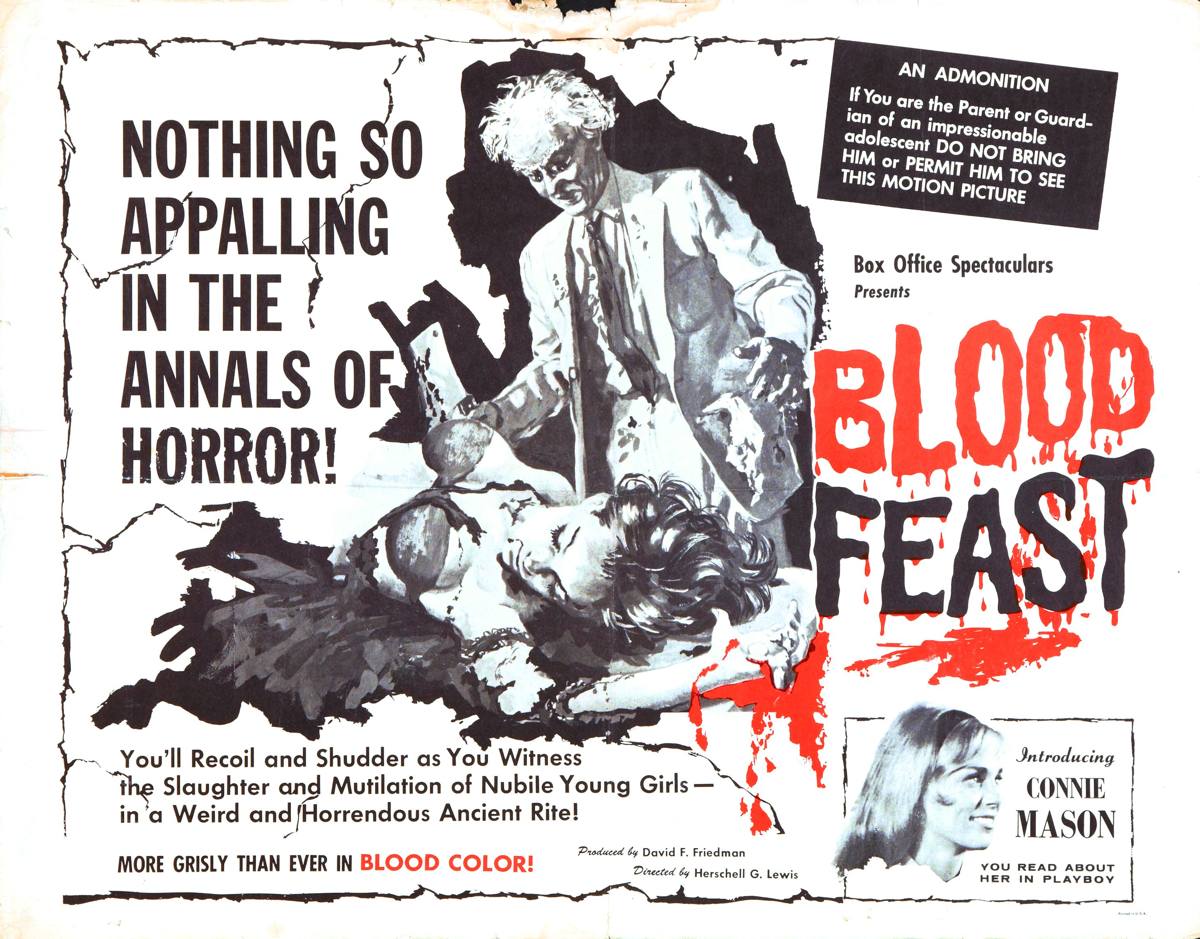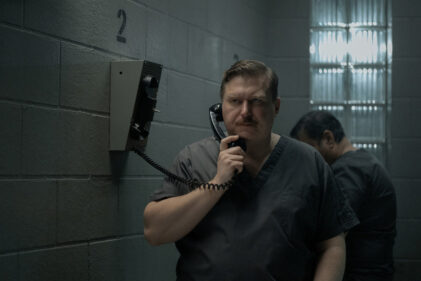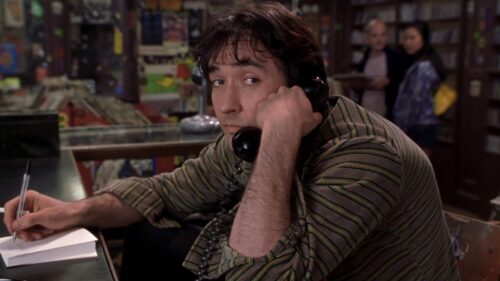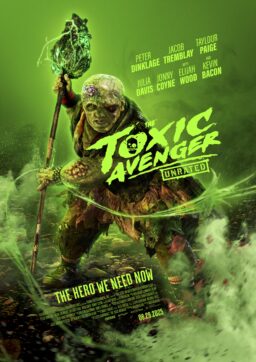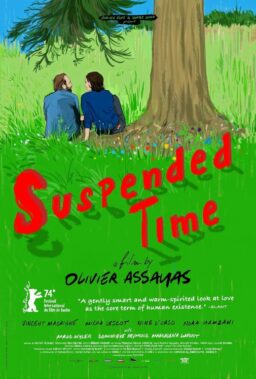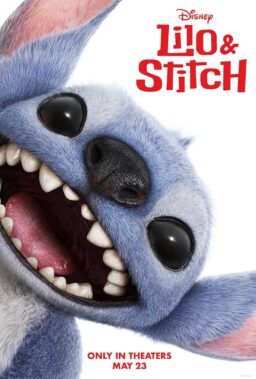“Blood Feast” is a terrible film, and a historically important one, too. Director Herschell Gordon Lewis and producer David F. Friedman were in the right place in the right time when they cranked out what has become known as the first “splatter” film. The film initially premiered 50 years ago this Saturday, July 6th, 1963 at the Bel Air Drive-In in Peoria, Illinois. Made on a meager budget of $24,500, and shot in six days around Miami Beach’s Suez Motel, “Blood Feast” initially netted anywhere from $7–30 million, depending on who you ask.
 The film follows a serial-killing caterer named Fu’Ad Ramses (Mal Arnold) as he murders nubile victims, and harvests their organs. It was the first film to make the exploitation of violence its main selling point. Earlier films, from “Horror of Dracula” to “Poor White Trash,” shocked audiences with relatively discriminating displays of violence. But “Blood Feast” was the first horror film expressly designed with the goal of attracting viewers with gore-soaked set pieces. It starts with a “Psycho”-inspired murder, wherein a teen girl has her legs hacked off with a machete while reading a book called, “Ancient Weird Rites,” in the bathtub. Then another girl is scalped while necking on the beach. And just wait until you see what they pull out of Astrid Olsen’s mouth.
The film follows a serial-killing caterer named Fu’Ad Ramses (Mal Arnold) as he murders nubile victims, and harvests their organs. It was the first film to make the exploitation of violence its main selling point. Earlier films, from “Horror of Dracula” to “Poor White Trash,” shocked audiences with relatively discriminating displays of violence. But “Blood Feast” was the first horror film expressly designed with the goal of attracting viewers with gore-soaked set pieces. It starts with a “Psycho”-inspired murder, wherein a teen girl has her legs hacked off with a machete while reading a book called, “Ancient Weird Rites,” in the bathtub. Then another girl is scalped while necking on the beach. And just wait until you see what they pull out of Astrid Olsen’s mouth.
Lewis and Friedman’s film would go on to influence “Night of the Living Dead” make-up artist Tom Savini, as well as “Re-Animator” director Stuart Gordon. In British documentary Fear of the Dark, Halloween director John Carpenter praises “Blood Feast,” and specifically commends Lewis for, “[wanting] to slap us in the face, and say, ‘Look at this stuff.'” Trash cinema king John Waters pays tribute to “Blood Feast” in “Serial Mom,” and also dedicated a chapter of his book “Shock Value: A Tasteful Book About Bad Taste” to Lewis and Russ Meyer (the chapter is called, “Two Masters”). “Blood Feast” is even referenced in Diablo Cody’s script for “Juno” in the scene where the title character swaps obscure horror references with Jason Bateman’s Dario Argento-loving surrogate dad (“What’s a, ‘Juno,'” Lewis asked when he first learned about Cody’s homage).
 Being experienced exploiteers, Lewis and Friedman advertised “Blood Feast” as a peerless cinematic milestone. “Nothing so shocking in the annals of horrors,” blares the film’s poster, while amateur actor Bill Kerwin insists in the trailer that “Blood Feast” is “one of the most unusual ever made.” But while they were, to use a phrase Friedman lovingly appropriated from mentor Kroger Babb coined, “[selling] the sizzle, not the steak,” both Lewis and Friedman also knew that they were exploring an untapped market. The Motion Picture Association of American had yet to form, and while the Catholic Legion of Decency was gradually losing its influence on movie ratings, individual state censor boards had no legal precedent they could judge “Blood Feast” by.
Being experienced exploiteers, Lewis and Friedman advertised “Blood Feast” as a peerless cinematic milestone. “Nothing so shocking in the annals of horrors,” blares the film’s poster, while amateur actor Bill Kerwin insists in the trailer that “Blood Feast” is “one of the most unusual ever made.” But while they were, to use a phrase Friedman lovingly appropriated from mentor Kroger Babb coined, “[selling] the sizzle, not the steak,” both Lewis and Friedman also knew that they were exploring an untapped market. The Motion Picture Association of American had yet to form, and while the Catholic Legion of Decency was gradually losing its influence on movie ratings, individual state censor boards had no legal precedent they could judge “Blood Feast” by.
Nobody had made a film like “Blood Feast” before, and Lewis and Friedman knew it. They had just collaborated on a couple of “nudie cuties,” softcore sex comedies where hapless voyeurs/audience surrogates ogle naked Playboy playmates and would-be models, but the market for those films was getting too crowded. So Lewis and Friedman put their heads together, and made a list of films that they could make on the cheap, and that no major studio would attempt to make.
After rejecting potential ideas like, “con man evangelist,” and “Nazi torture,” they settled on, “Gore.” In the film, this translated in scenes where Arnold, armed with a real machete, hacks off limbs caked in a unique mix of offal, gelatin, and fake blood bought from Barfred Cosmetics. These scenes are the film’s main selling point, so while Lewis could not show Ramses’s weapon penetrating his victims, he did linger on Ramses’s spoils: severed gams (mannequin’s legs), spilled grey matter (mystery meat), and a hideously distended tongue (a rotting sheep’s tongue).

Lewis has always been brutally honest about the low-quality of his films, and his profit-driven motives. He thinks of himself as a “wizard of make-do.” In Bright Lights Film Journal, Lewis defensively insists that, “I see filmmaking as a business and pity anyone who regards it as an artform and spends money based on that immature philosophy.” Lewis had some ambition for “Blood Feast,” and did try to ape the French Theater du Grand Guignol’s “douche écossaise” style, which film historian David Skal defines as, “a ‘Scotch’ shower of alternating emotional temperatures.”
But Lewis imitated the Grand Guignol because he knew it was profitable, and he did it as only an amateur filmmaker on a very low-budget could. This is, after all, a movie whose script is a skimpy 14-page outline that Lewis dictated, and co-transcribed with his secretary Louise Downe (Downe was originally credited/blamed as the film’s screenwriter). So it’s not surprising that this translates in off-putting ways. For example, Lewis had Arnold, a professionally trained actor, goggle his eyes while wearing bushy grey eyebrows, speak with a Bela Lugosi-esque accent, and shuffle around with a limp. Arnold’s performance is supposed to be stilted, but it wasn’t supposed to be “that” appalling.
At the same time, the fact that a nakedly opportunistic huckster like Lewis was the first to attempt something like “Blood Feast “is telling. Like Friedman, Lewis was an autodidact, and didn’t like taking orders. So if anything, Lewis’s graceless style, apparent in scenes like the flash of nudity in the opening tub scene, are what make the picture the sleazy landmark that it is. Lewis knew he didn’t have to be a talented filmmaker to make money from gore. “Blood Feast” is predictably not as good as its ad campaign would have you believe, but it is the movie its creators set out to make. For better or worse, Lewis and Friedman set the standard against which filmmakers who exploit violence to achieve a certain effect, from Arthur Penn to Eli Roth, are measured.
“Blood Feast” is the first of several titles discussed in my upcoming book, “Blood Feast: A History of Gore on Film.” If you want to know more about the book, please contact me.

